All the system chips are self-developed. What road will Huami take?
Original attention to cutting-edge technology qubits is included in the topic # Huami 1# Chip 4# The technology circle is paying attention to 70.
Yang Jing is from Hefei
Quantum bit report | WeChat official account QbitAI
If it weren’t for being in Hefei, I would have thought it was a release conference of a song by a certain Vida.
At the beginning, the CEO came straight up with a huge wafer.
This big disc is engraved with 4000 chips made by ourselves.
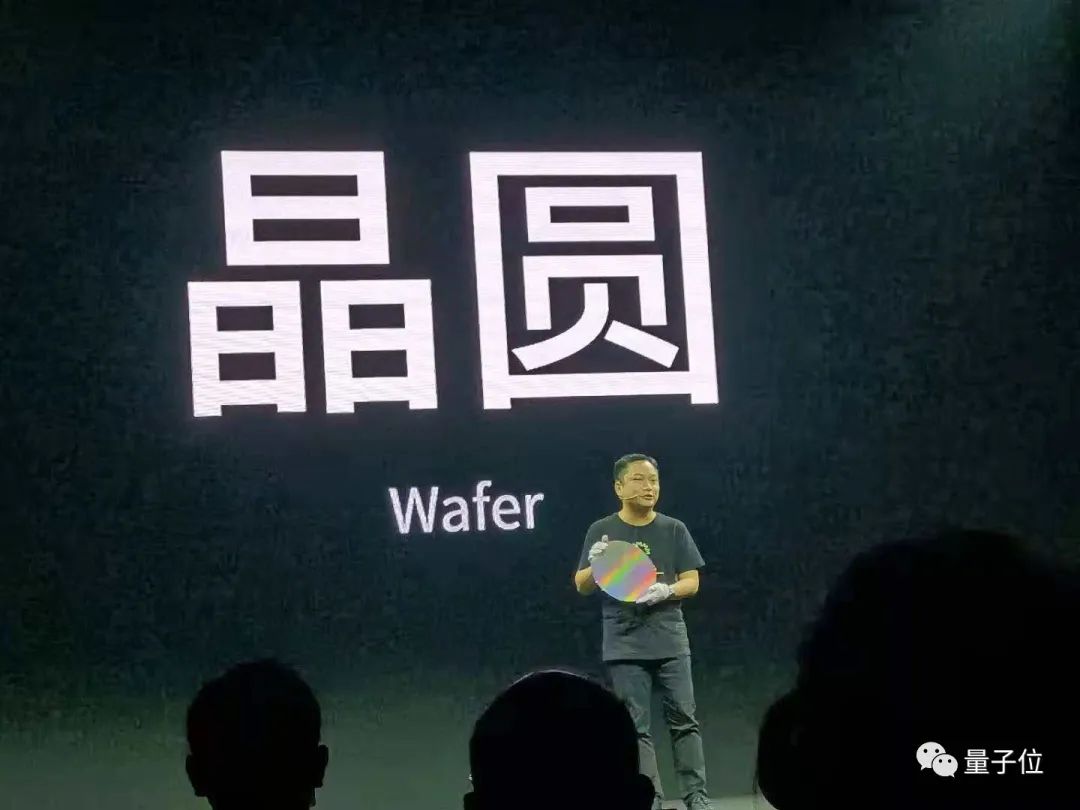
In the next hour, it was even more confusing. Four shots were fired in succession, and the technique was very vertical.
There are chips, operating systems, AI algorithms, and MRI nuclear magnetic resonance equipment.
If I want to say again, this is a press conference of watch factory, I don’t believe it myself.
The conference of "Watch Factory"?
As you may have guessed, it is Huami, a watch factory headquartered in Hefei.
It made its debut in mi band, and then became the fastest-growing wearable manufacturer representative in NYSE with its endless product strength.
Chip has become the traditional artistic ability of Huami. In 2018, Huami bet on RISC-V architecture and launched the first AI chip in the field of smart wearable in the world-Huangshan No.1, which was mass-produced in the following year. Last year, at Huami’s first non-product conference, Huangshan No.2 chip was unveiled.
As the first launch of this conference, Huangshan 2S chip is called 2S, but it is not a simple improvement of the second generation.
It adopts dual-core RISC-V architecture. Among them, the large-core system can perform high-load calculations such as graphics and UI operations, and also integrates FPU to support floating-point operations. The small core, on the other hand, has low power consumption, and can process sensor data for 24 hours to realize continuous monitoring of biological data all day.
Large core and small core, clear division of labor, achieving a balance between computing power and power consumption.
Compared with the previous generation chip, the computing efficiency of Huangshan 2S is improved by 18%, the running power consumption is reduced by 56%, and the sleep power consumption is reduced by 93%.
Three years, three chips, realize the transition from usable to easy to use. The core-making project of Huami has entered the fast lane.
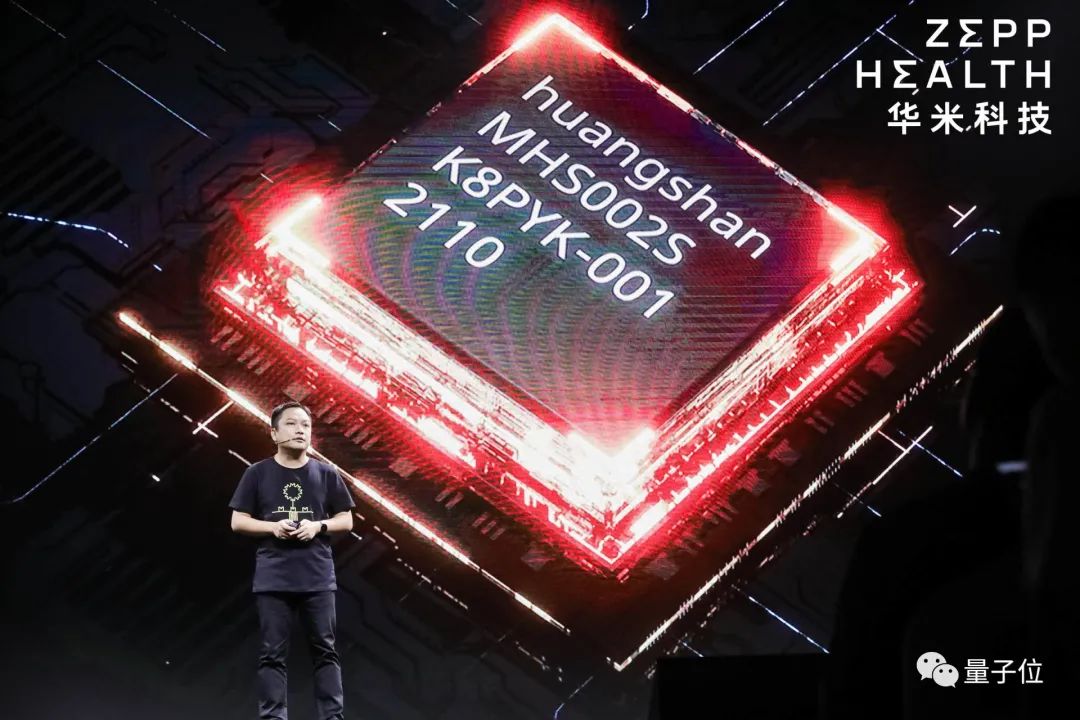
In addition to the chip, there is Zeppos, the native smart watch operating system that debuted.
As another field that is difficult to overcome in the intelligent hardware industry, the reason why Huami has to do it is also because of user demand and market drive.
There are two mainstream operating systems on the market at present. Either it is based on the mobile phone system magic change, but it is too cumbersome and complicated for wearable devices.
Either it is a ready-made embedded real-time operating system, which is more suitable for industrial control equipment and ordinary IoT products. It is directly used in smart watches that pay attention to experience, and some of them are not acclimatized.
Therefore, if Huami wants to do OS, there are two requirements first: lightness and user experience.
In terms of memory, the bottom layer of Zepp OS system is based on FreeRTOS micro-kernel open source code, which takes up very little space, and the system package is only 55MB, which is about 1/28 of Apple watch OS.
In terms of battery life, the running power consumption of Zepp OS is 65% lower than that of the previous Amazfit OS, thus ensuring continuous health data monitoring for 7×24 hours.
For developers, Zepp OS is also equipped with a watch applet framework-Zeus mini-program framework, which is convenient for developers to develop applets with a lower threshold.
In addition, the system also integrates 150 dials, including 15 dynamic dials. According to reports, the graphical development environment will be opened in the future, and individual users can also participate in the dial design.
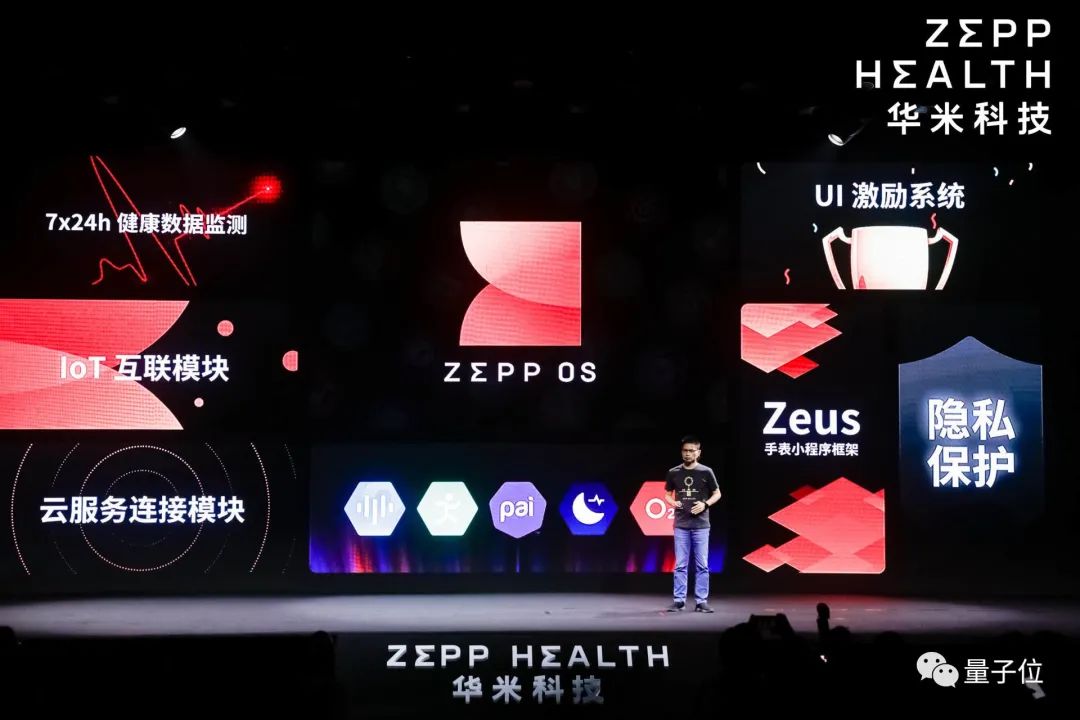
In addition to the appearance of software and hardware, there is a brand-new AI algorithm-Pump Beats blood pressure monitoring engine. As a function with the highest voice in the whole conference, it can directly solve the current needs.
The smart watch equipped with this engine can measure blood pressure with one button in 30s. At present, Huami has started clinical experiments with the First Hospital of Peking University, and it is expected to be available in the fourth quarter.
According to the Report on Cardiovascular Health and Disease in China in 2020, there are as many as 245 million patients with hypertension in China, of which the adult prevalence rate is 23.2%. In recent years, the number of deaths related to hypertension is as high as 2 million every year.
After more than five years of research by Huami team, this engine has taken an important step in the field of non-invasive and sleeveless blood pressure measurement technology.
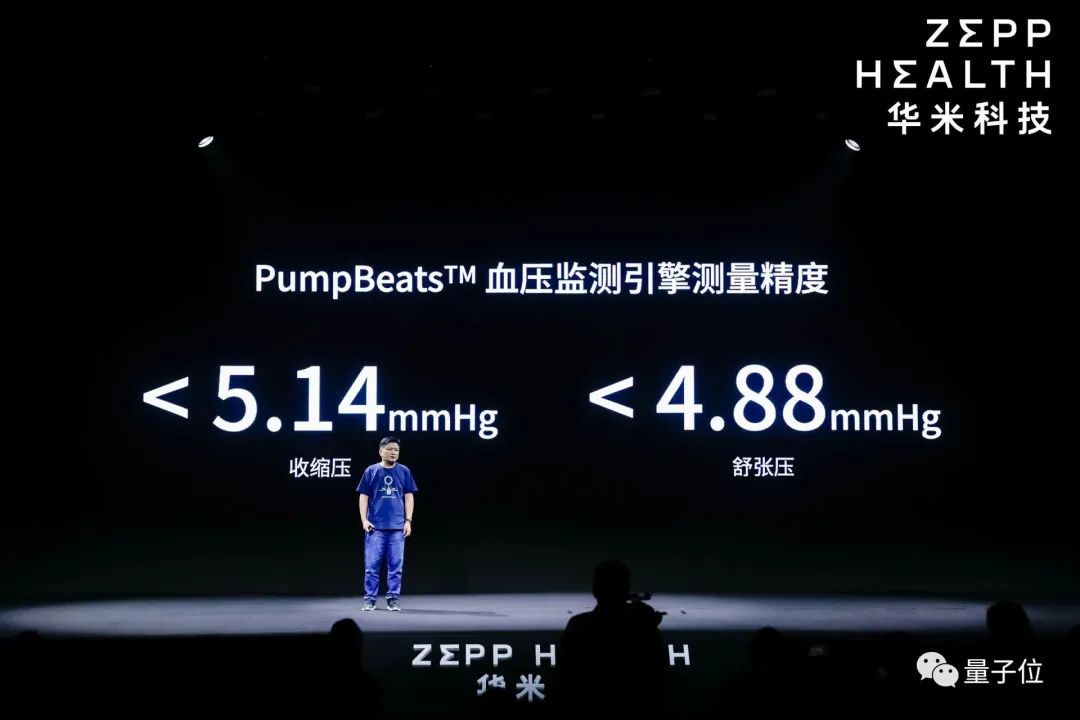
At the end of the conference, it also showed the latest medical field exploration promoted by Huami through investment-portable MRI (nuclear magnetic resonance) equipment, which corresponds to medical pain points.
Traditional medical MRI is a huge thing with high cost and high environmental requirements, and it is often hard to find a machine, so patients need to make an appointment a long time in advance.
Portable MRI not only occupies a small area, but also does not need a special shielding room. Compared with traditional high-magnetic MRI, portable MRI can achieve high-quality imaging at low field strength even when the signal-to-noise ratio is 300 times different.
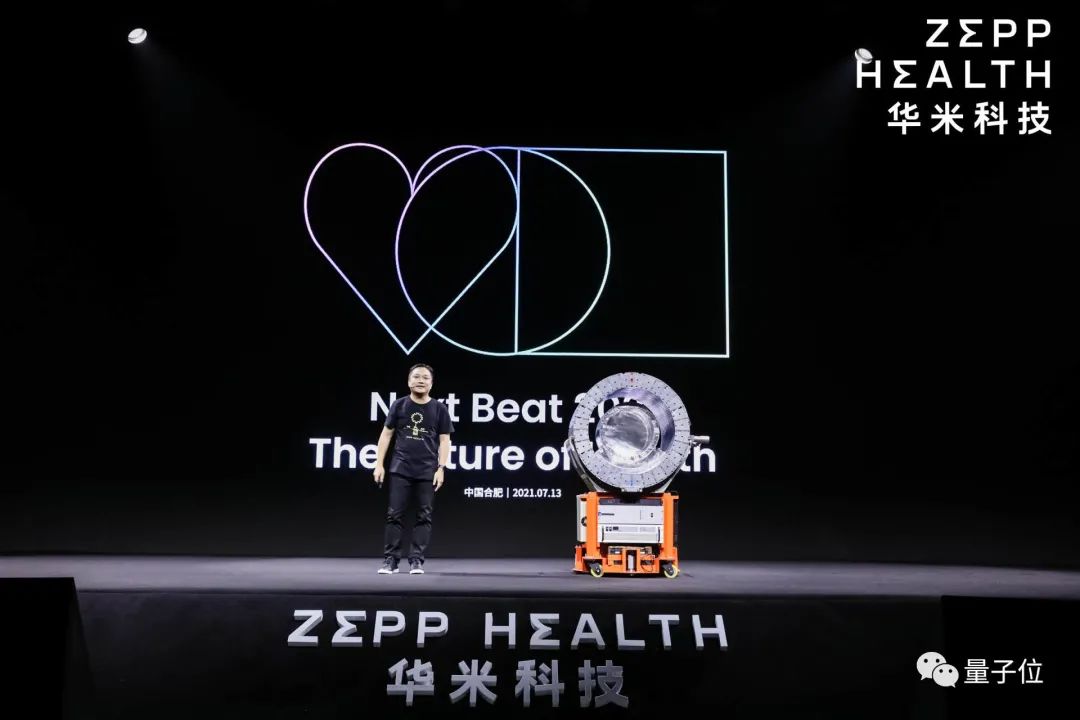
Regardless of Huangshan 2S chip, Zepp OS, PumpBeats blood pressure monitoring engine and portable MRI (nuclear magnetic resonance) equipment, Huami’s various release actions have shown that the core of the enterprise adheres to: global self-research.
How did Huami embark on this road?
As early as 2015, Huami layout chips began to have a fixed number, but now with the maturity of technology, this road has gradually become clear.
Simple eight-word summary: global self-research and pursuit of the ultimate.
Chip is the extreme of hardware, operating system is the extreme of software, and the pursuit of AI system is the extreme of algorithm.
With the appearance of the operating system, Huami has opened up a global self-research from chips, algorithms to operating systems.
In fact, this path of self-research from chips, OS and algorithms is not unfamiliar. For example, Apple and Huawei.
Apple built S5 and S6 chips and Watch OS for Apple Watch.
Huawei has Kirin A1 chip and the newly launched HarmonyOS system.

The advantages of doing so are obvious. Combine software and hardware, and use your own chip to adapt to your own software ecology.
Manufacturers have great autonomy, no invisible constraints, and can customize product functions to form their own product strength.
In recent years, Huami has applied for more than 1,000 patents, of which invention patents account for half.
The ultimate in technology means the growth of R&D investment in Huami.
In the last three years, Huami’s average R&D investment has reached 410 million yuan every year. In 2020, R&D investment will reach 538 million yuan.
This kind of investment is equivalent to 2 times or even 3 times that of some emerging Internet companies and IoT intelligent hardware companies.
With such a big investment and pursuing the ultimate in technology, what does Huami think?
Considerations behind global self-research
First of all, the so-called knowing people and discussing the world is closely related to the development stage of the industry.
The first stage, let’s call it the mode verification period.
Back in 2013, Samsung released its first smart watch, Galaxy Gear, and officially entered the wearable field.
However, due to poor performance, it has been criticized a lot, so there is not much spray.
In the second year, Huawei, Apple and Xiaomi collectively entered the market, which really set off a wave of smart wear in China.
At the beginning of 2014, Huawei released the smart bracelet TalkBand B1 at the Mobile World Congress, which started the first shot.
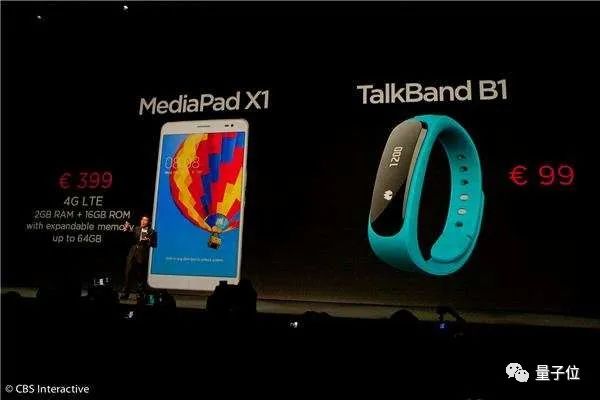
In September, Apple released the Apple Watch, and then kept the frequency one more time a year.
It was also this year that Huami and Xiaomi joined hands and became an explosion through a cost-effective smart bracelet.
Huami also became famous in World War I and established its status as a river and lake.
Prior to this, the prospect of smart wearable was still in doubt. But when the explosion comes out, there is no doubt about the business prospects.
From 2015 to 2020, the market size of smart wearable devices industry in China increased from 11.48 billion yuan to 63.22 billion yuan, with a compound annual growth rate of 40.7%.
More importantly, smart wearable is widely regarded as the next growth point in the field of consumer electronics after mobile phones.
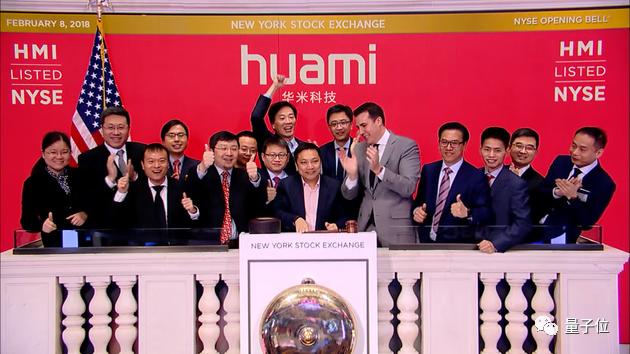
So the second stage-short and fast replication period-also came.
Now that the smart wearable Qian Jing and its prospects have been verified, and as a new growth point of consumer electronics, it is inevitable that new players will flood in and giants will copy quickly.
Smart wearable copying is actually simple and direct, and the advantages are obvious-you can take the volume quickly, you can make large-scale profits after taking the volume, and you can still make quick money.
However, shortcomings or hidden concerns are naturally obvious.
Low prices are cool for a while, but who is still alive by low prices in the field of mobile phones? The doctrine of taking is very easy to use. Isn’t the risk of getting stuck in the neck and cutting off the confession direct enough? Finally, following the trend of homogenization, you can only live in the shadow of "cottage" forever.
Therefore, for smart wearable manufacturers, or consumer electronics companies, there are opportunities to stand out from the crowd during the pattern verification period and the short and fast replication period.
But if we want to operate sustainably, make it bigger, deeper and longer-term, we must build our own moat.
For example, Amazon and JD.COM in the e-commerce industry also had their previous growth periods, but later decided that their ability to go deeper and further was self-built logistics of "humiliation and burden-bearing".
Self-built logistics undoubtedly requires a large investment, and it will also focus on the whole company and business, which runs counter to the "light assets" advocated by technology Internet companies.
However, it is self-built logistics that has become the guarantee for Amazon and JD.COM to build a long-lasting business and provide better and longer-tail services.
It has become a moat that truly enables enterprises to operate sustainably.
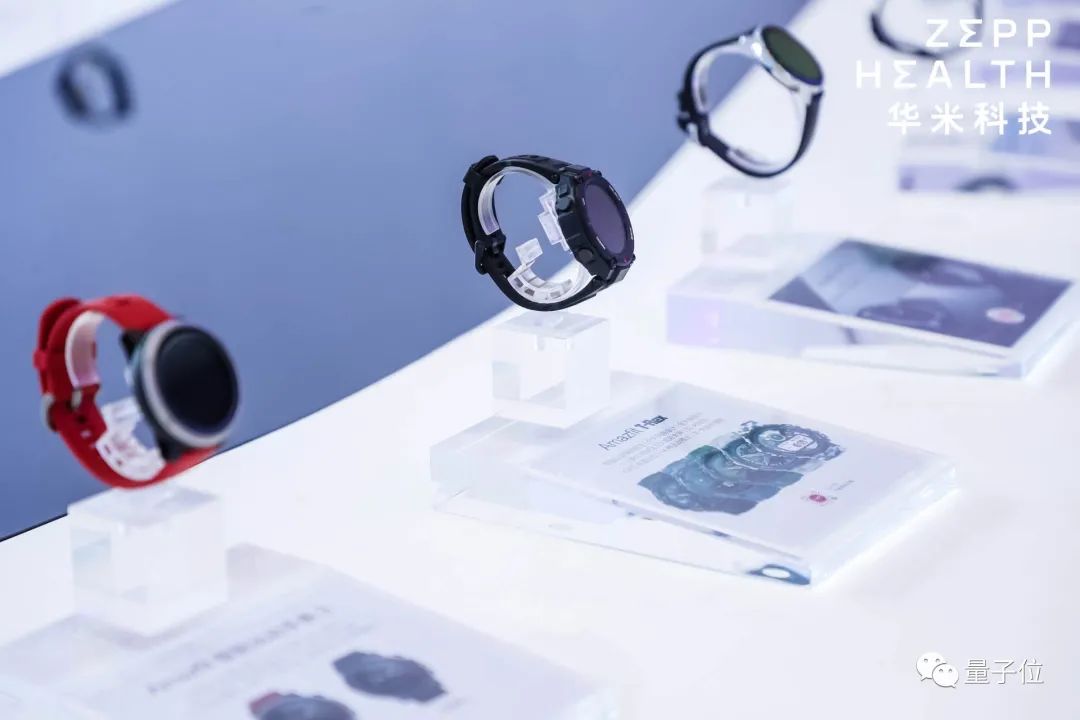
For the current smart wearable industry, for Huami, isn’t the global self-developed chip and system just "self-built logistics"? Isn’t it to build a moat for the long term?
In fact, if we return to the company’s goals, especially the pressure of regular financial reports faced by listed companies, it may not be an easy way to do research on the whole stack.
However, even under such pressure, Huami still chose the self-developed system and chip, and insisted on the difficult and correct road, which shows its ambition and its long-term ambition.
On the other hand, from the perspective of users and consumers, a consumer electronics company that has proved that its actions will continue to provide long-term value is a company that will be trusted.
Nowadays, Huami is naturally a vertical champion in the wearable field, but don’t ignore that the global giants like Apple are racing together on this track.
Competing with a company like Apple can only run like water. It’s not a matter of time, but a matter of time.
Only by going deep into chips and systems can we have the qualification and ability to talk endlessly.
From this perspective, the road of Huami is no longer difficult to see through.
How to evaluate the way of huami?
Look back at Hua Mi’s movements.
From a technical point of view, Huami has done more and more "deep", from chips and systems to consumer brands. Nowadays, in addition to Amazfit, there are Zepp, and there are related OEM businesses upstream.
Forming a closed-loop technology will certainly highlight the product strength of Huami more and more, enhance the brand effect and expand the benefits.
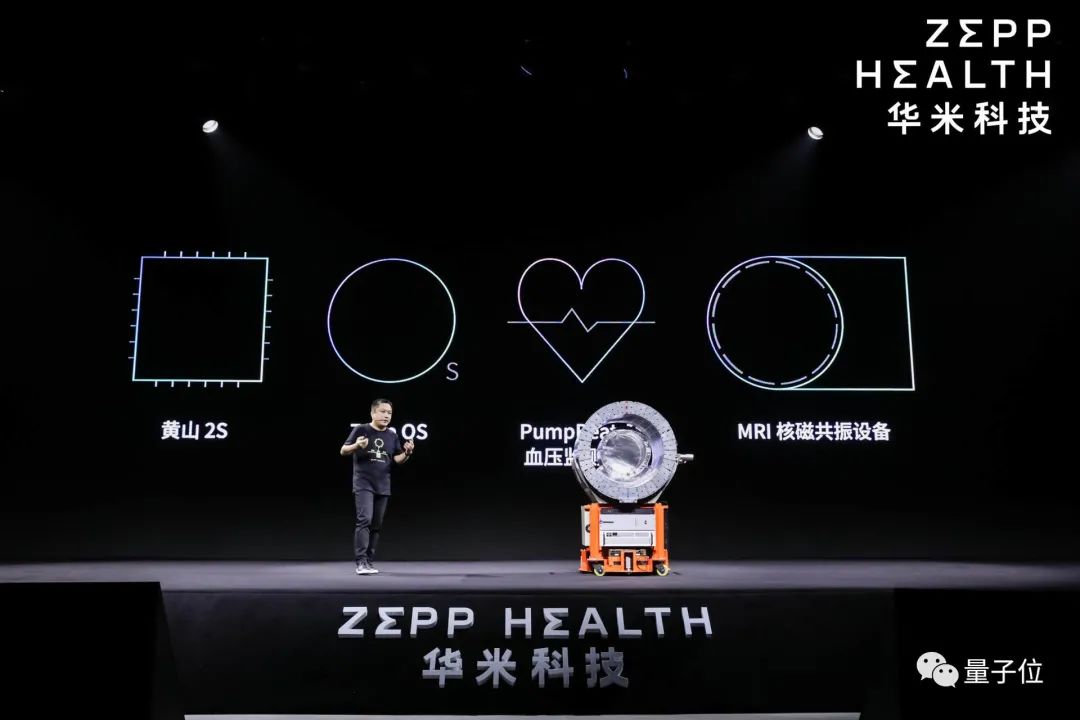
Does that mean that Huami has to take a closed road?
On the surface, it is, but it is not.
On the one hand, based on the current business needs, Huami needs to open its products to the outside world after reaching a certain level.
At the press conference, Huang Wang announced that he would open the chip and operating system to third parties through Yitong Technology.
The products pass the stage of practical verification, providing solid evidence for Huami technology, which is conducive to building brand trust in the industry and more conducive to the healthy development of the whole industry.
On the other hand, from the perspective of the industry, global self-research represents Huami’s determination to deepen the health field.
As mentioned before, with the intensification of industry competition, other competing products are caught in the whirlpool of low-price competition, system takenism, homogenization function, etc., but there is still more potential hidden behind the fog in the field of healthy wear, which has not yet been developed, which requires industry entrants to concentrate on exploring more integration points between technology and human needs.
In this matter, Huami will go her own way.
This can explain why Huami is not only self-researched, but also hopes that some IoT partners such as smart door locks, smart cars and sweeping robots will participate, and finally connect the whole ecology through opening ports. In fact, the Zepp OS operating system of Huami’s conference can support the entire RISC-V ecosystem.
To some extent, smart wearable is just a representation, and the value of Huami lies in pushing the health industry forward.
Numerous industry stories in the past have long shown that if an industry or field wants to develop healthily, it is far from enough to rely only on cross-border systems and marketing methods. What will wearable health equipment look like for you and me in the future?
Need Huami, and even more enterprises to explore the possibilities of the industry to participate.
End—
This article is the original content of the signing account [Quantum Bit] of Netease News Netease Special Content Incentive Plan. It is forbidden to reprint it without the authorization of the account.
Original title: "The system chip is fully self-developed. What path does Huami take? 》
Read the original text